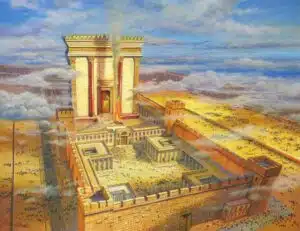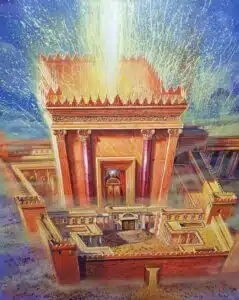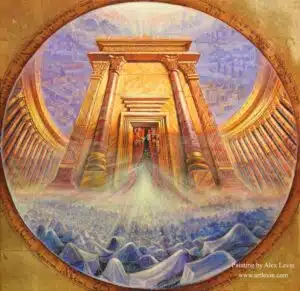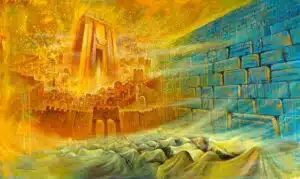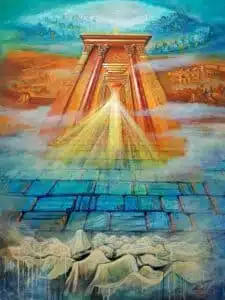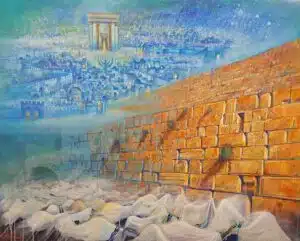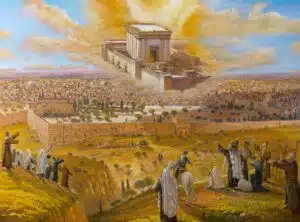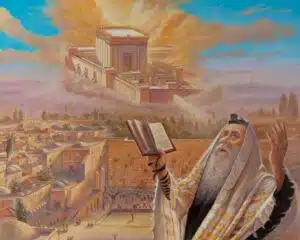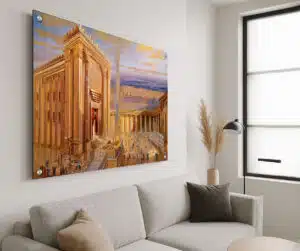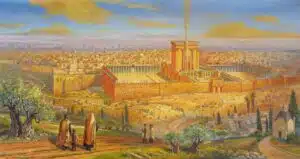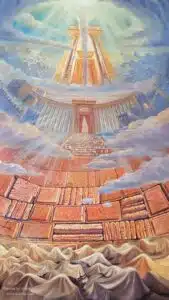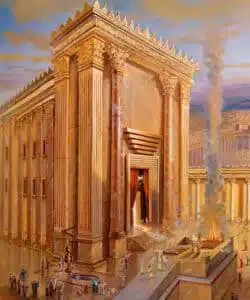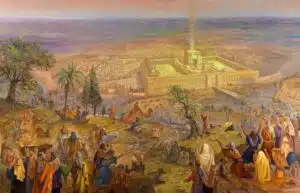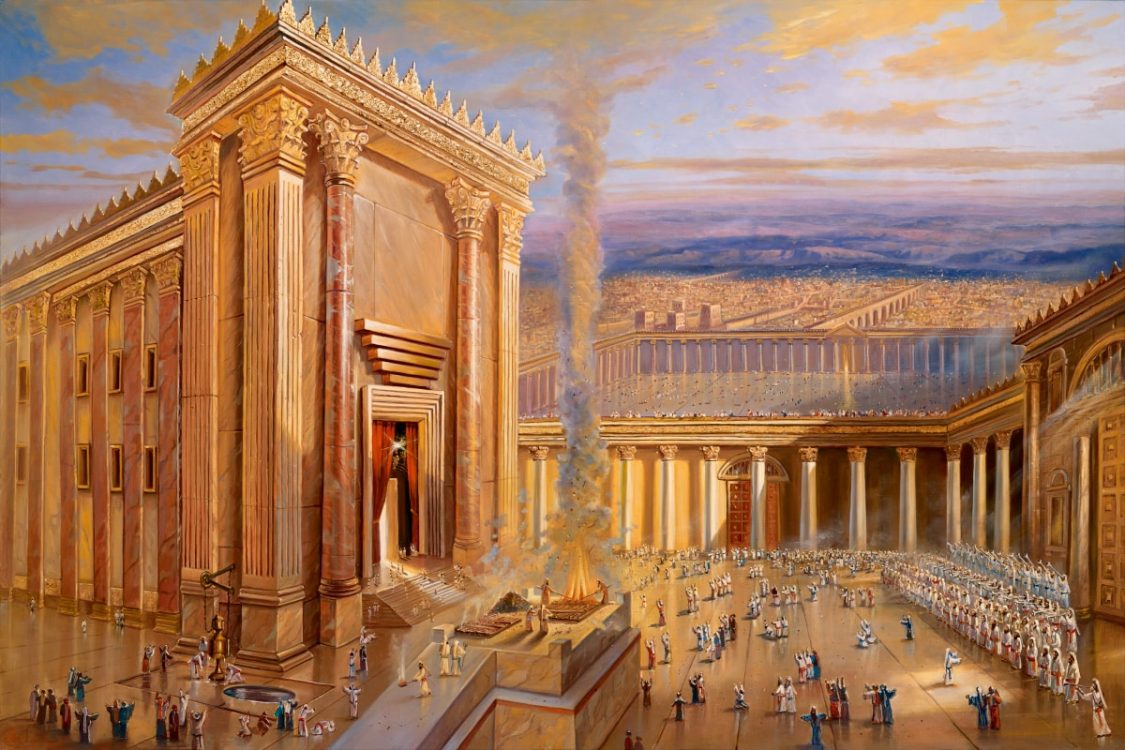
The Temple in Jerusalem, known as the Beis Hamikdash, stands as a monumental testament to ancient artistry and religious devotion. Beyond its architectural grandeur, the temple’s walls were adorned with paintings that captured the essence of spiritual life and historical narratives. These paintings not only served as aesthetic embellishments but also as visual storytellers that connected worshippers with their faith and history. This article delves into the artistry of these sacred paintings, exploring their beauty and the vibrant colors that graced Jerusalem’s hallowed walls.
Unveiling the Beauty of Ancient Temple Artistry
The Beis Hamikdash, revered as a holy site, was a canvas for skilled artists who sought to encapsulate the divine through their work. The paintings on its walls were not mere decorations but integral parts of the temple’s spiritual atmosphere. They illustrated stories from the Torah, depicting scenes of creation, the Exodus, and other significant events that shaped the Jewish faith. These artworks served as a bridge, connecting the past with the present, allowing worshippers to visually engage with their rich heritage.
Crafted with meticulous attention to detail, the temple paintings were an embodiment of ancient artistic techniques. Artisans employed natural pigments derived from minerals, plants, and earth, creating a palette that was both vibrant and enduring. Each stroke was deliberate, capturing expressions of devotion and reverence. The intricate designs and symbolism woven into the paintings exemplified the artists’ dedication to their craft and their desire to honor the sanctity of the temple space.
Moreover, these paintings were a testament to the cultural exchanges that flourished in Jerusalem. As a bustling hub of trade and interaction, the city saw a blend of influences that seeped into the art of the temple. Elements reminiscent of Egyptian, Mesopotamian, and Greek art were subtly interwoven, creating a unique tapestry that reflected the diverse heritage of the region. This convergence of artistic traditions added layers of complexity and richness to the temple paintings, making them a marvel of ancient creativity.
Discover the Colors of Jerusalem’s Sacred Walls
The colors that adorned the walls of the Beis Hamikdash were not only visually striking but held deep symbolic meanings. Each hue was carefully chosen to reflect aspects of the divine and to evoke a sense of spiritual transcendence. Gold, a prevalent color, symbolized divine light and purity, enveloping the temple in a warm, ethereal glow. Blue, often associated with the heavens, was used to create a celestial ambiance, guiding the faithful toward contemplation and prayer.
Red, a color of sacrifice and devotion, was also prominently featured, reminding worshippers of their covenant with God. The harmonious blend of these colors created a spiritual mosaic that resonated deeply with those who entered the sacred space. The interplay of light and color imbued the temple with a sense of movement and life, drawing the eye along the narrative arcs depicted on the walls.
In addition to their religious symbolism, the colors served a practical purpose, enhancing the temple’s architectural features. The vibrant hues highlighted intricate carvings and reliefs, accentuating the temple’s grandeur and majesty. This thoughtful use of color transformed the temple into a living gallery where art and spirituality coalesced, offering worshippers an immersive experience that transcended the ordinary.
The paintings of the Beis Hamikdash remain a profound legacy of Jerusalem’s artistic heritage. Though time has eroded much of this ancient artistry, the spirit and intention behind the paintings continue to inspire. They remind us of a time when art, faith, and culture were intricately woven, creating a sacred space where the divine could be envisioned and felt. As we reflect on the temple’s lost treasures, we are invited to appreciate the enduring power of art as a bridge between the earthly and the eternal.
